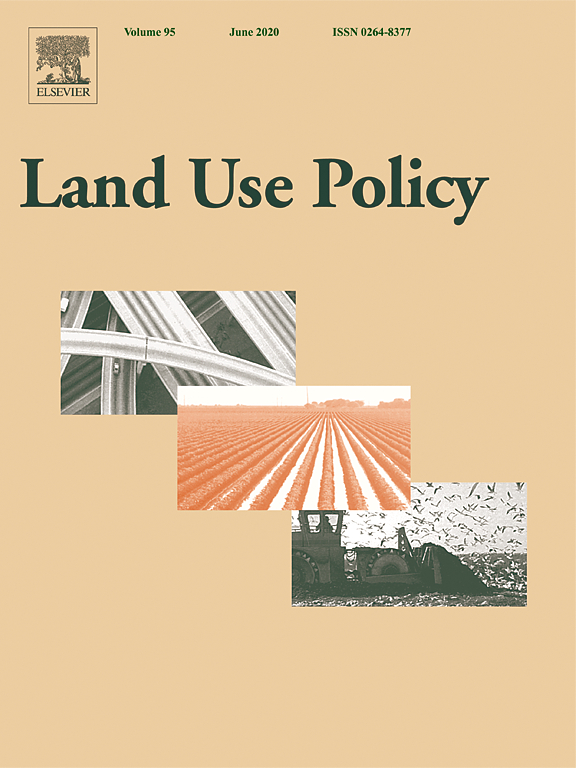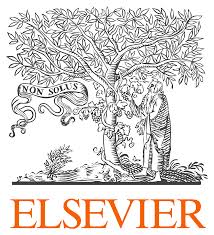Location
Land Use Policy is an international and interdisciplinary journal concerned with the social, economic, political, legal, physical and planning aspects of urban and rural land use. It provides a forum for the exchange of ideas and information from the diverse range of disciplines and interest groups which must be combined to formulate effective land use policies. The journal examines issues in geography, agriculture, forestry, irrigation, environmental conservation, housing, urban development and transport in both developed and developing countries through major refereed articles and shorter viewpoint pieces.
Land Use Policy aims to provide policy guidance to governments and planners and it is also a valuable teaching resource.
ISSN: 0264-8377
Members:
Resources
Displaying 101 - 105 of 279Fostering farm transfers from farm owners to unrelated, new farmers: A qualitative assessment of farm link services
The transition of farms and ranches to the next generation has generated considerable attention and concern. Over the past 30 years, public and private institutions across the U.S. have introduced policies and programs to help farms without identified family successors achieve successful transfers by connecting them with new farmers through “farm link” services. However, the effectiveness of these services is unclear and assessment is needed.
Effectiveness and equity of Payments for Ecosystem Services: Real-effort experiments with Vietnamese land users
Payments for Ecosystem Services (PES) are widespread in conservation policy. In PES, environmental effectiveness and social equity are often perceived as conflicting goals. Empirical studies on the relationship between popular design features, such as payment differentiation and payment conditionality, and effectiveness and equity are scarce. Further, they struggle with measuring and separating ecological and equity outcomes.
A linkage between the biophysical and the economic: Assessing the global market impacts of soil erosion
Employing a linkage between a biophysical and an economic model, this study estimates the economic impact of soil erosion by water on the world economy. The global biophysical model estimates soil erosion rates, which are converted into land productivity losses and subsequently inserted into a global market simulation model. The headline result is that soil erosion by water is estimated to incur a global annual cost of eight billion US dollars to global GDP.
Missed opportunity? Framing actions around co-benefits for carbon mitigation in Australian agriculture
Agriculture around the world is one of the industries most affected by, and faced with responsibility to mitigate, climate change. Through improvements in technology and efficiency as well as changes to land use management, agriculture can make an important contribution to meeting global commitments such as the Paris agreement or the Sustainable Development Goals. Yet international carbon markets have not resulted in sufficiently high financial returns to motivate the full potential of land sector changes in Australia and globally.
Cross-cutting challenges to innovation in land tenure documentation
Since around 2011 pilot projects to innovate land tenure documentation are being implemented in various countries in the global south in order to address the shortcomings of formal land registration. A longer-term question, underlying the present study, is how these innovations relate in the longer run to existing institutional arrangements of land governance in the respective context of implementation. Guided by this more general question, we discuss in this paper first the characteristics for 6 of these approaches.



